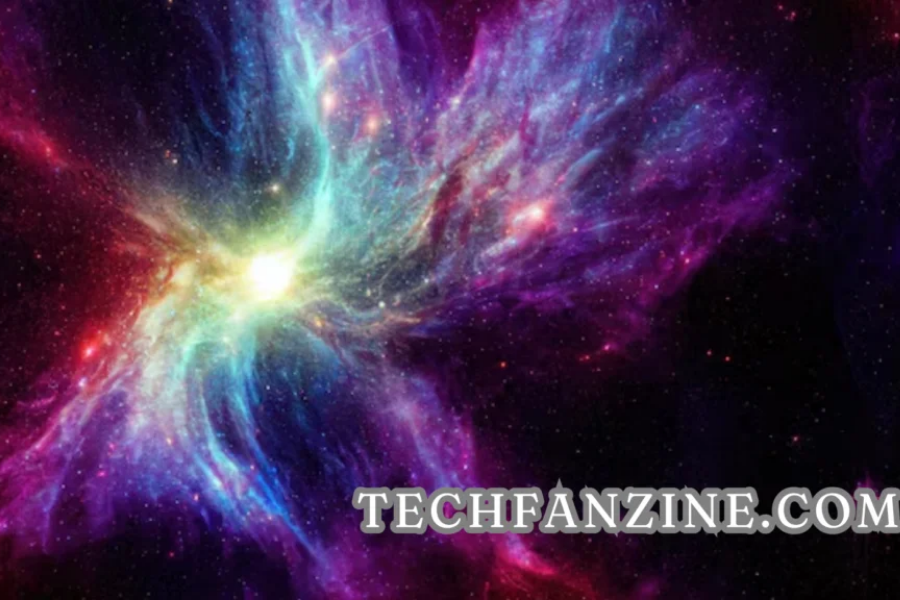The Fascination and Mysteries of Stars-923: A Cosmic Marvel
Introduction to Stars-923
Stars have long captured human fascination, twinkling in the night sky as distant beacons of light, guiding explorers, inspiring poets, and fueling the scientific imagination. Among these celestial wonders, “Stars-923” stands as a remarkable cosmic marvel. Although distant and unnamed in human terms, Stars-923 embodies the essence of stellar wonder, from its birth in massive gas clouds to its possible end as a neutron star or black hole. This article delves into the intricate details of stars, their significance in the universe, and the profound impact they have on our understanding of existence.
The Birth of Stars
All stars, including Stars-923, begin their cosmic journey in vast molecular clouds filled with gas and dust. These regions are known as “stellar nurseries,” the birthplace of stars. Gravity plays a crucial role in pulling the materials together, forming dense cores where temperatures rise high enough to ignite nuclear fusion – the engine that powers stars.
Stellar Nurseries: The Birthplace of Stars
Stellar nurseries are regions in space rich in gas and dust, where conditions become just right for the formation of new stars. These molecular clouds gradually break apart under the influence of gravity, causing clumps of gas and dust to collapse and form what’s known as a protostar. As the pressure and temperature at the core increase, nuclear fusion ignites, and a new star is born. Stars-923 is no different, having emerged from one of these nurseries as a blazing light in the cosmos.
Nuclear Fusion: The Power Behind Stars
At the heart of Stars-923, nuclear fusion transforms hydrogen into helium, releasing vast amounts of energy. This process is what makes a star shine, radiating light and heat that travels across the cosmos. The fusion of hydrogen into helium is a delicate balance, driving the star’s long lifespan while creating heavier elements that enrich the universe.
Classification and Types of Stars
Stars, including Stars-923, are classified based on their size, temperature, and spectral properties. From massive giants to small dwarfs, stars are categorized into types that reveal their life cycles and interactions with their galactic environments.
Main Sequence Stars
Stars-923, like most stars, spends the majority of its life in the “main sequence” phase, burning hydrogen at its core in a stable equilibrium. The outward pressure of radiation from fusion balances the inward pull of gravity, allowing the star to maintain a steady state. This phase can last for millions or even billions of years, depending on the mass of the star.
Red Giants: A Stellar Transformation
As Stars-923 exhausts the hydrogen in its core, it will eventually swell into a red giant. In this phase, the outer layers of the star expand dramatically while the core contracts. This is a prelude to the star’s eventual demise. During this stage, Stars-923 will fuse heavier elements, such as helium, at its core, leading to changes in size, brightness, and color.
The Life Cycle and Death of Stars-923
The life cycle of a star like Stars-923 is determined by its mass. Smaller stars, like our Sun, tend to burn their fuel more slowly and eventually become white dwarfs. Larger stars, however, undergo dramatic transformations, ending their lives in powerful supernova explosions or collapsing into neutron stars or black holes.
White Dwarfs: The Quiet End for Small Stars
For stars like Stars-923 that are not massive enough to go supernova, the final stage of life is a white dwarf. After shedding its outer layers, the core left behind is a dense, hot remnant that no longer undergoes nuclear fusion. Over billions of years, it will gradually cool, becoming a faint ember of its former self.
Neutron Stars and Black Holes: The Death of Massive Stars
If Stars-923 had been significantly more massive, its death might have resulted in a neutron star or even a black hole. Neutron stars are incredibly dense, the remnants of a collapsed core, with a mass comparable to the Sun but compressed into a sphere just a few miles in diameter. Black holes, on the other hand, represent the ultimate collapse of a star’s core, where gravity becomes so intense that not even light can escape.
Stars-923’s Role in the Galaxy
Stars like Stars-923 play a crucial role in the galaxy, contributing to its structure and dynamics. They not only form planetary systems but also enrich the universe with the heavy elements necessary for life. Stars-923, through its life and death, will influence the formation of future stars and planets, shaping the evolution of the galaxy.
The Elements Born from Stars
Through the process of nuclear fusion, stars create heavier elements such as carbon, oxygen, and iron. These elements are the building blocks of planets and life. When stars like Stars-923 explode as supernovae, they disperse these elements throughout the galaxy, enriching the interstellar medium and providing the raw materials for the next generation of stars and planetary systems.
Observing Stars-923
Astronomers use a variety of tools to study stars like Stars-923, from powerful ground-based telescopes to space observatories like the Hubble Space Telescope. By analyzing the light from these stars, scientists can determine their composition, temperature, and movement, helping to piece together the story of their life cycles.
Spectroscopy: Unlocking the Secrets of Stars
One of the most powerful tools in astronomy is spectroscopy, which allows scientists to analyze the light emitted by stars. By breaking this light into its component colors, astronomers can identify the chemical elements present in a star and learn about its temperature, age, and even its motion through space.
Telescopes and Observatories
The study of stars like Stars-923 relies on advanced technology, including both ground-based and space-based telescopes. Space telescopes, such as Hubble, offer a clear view of the cosmos, free from the distortion caused by Earth’s atmosphere. These tools allow astronomers to gather data on distant stars, galaxies, and other celestial phenomena.
Navigating by Stars
Throughout history, stars have served as navigational aids for sailors and explorers. Before modern navigation technology, travelers used the positions of stars like Stars-923 to chart their course across oceans and deserts. Celestial navigation, based on the fixed positions of stars in the night sky, was a reliable guide for centuries.
Future Frontiers in Astronomy
As technology advances, the study of stars like Stars-923 continues to push the boundaries of human knowledge. From the discovery of exoplanets to the detection of gravitational waves, astronomers are uncovering new insights into the nature of the universe.
Exoplanet Discoveries
One of the most exciting areas of modern astronomy is the search for exoplanets – planets orbiting other stars. By studying stars like Stars-923, scientists hope to identify planets that could harbor life or offer clues about the formation of planetary systems.
Gravitational Waves: A New Window into the Cosmos
The detection of gravitational waves has revolutionized our understanding of the universe. These ripples in space-time, caused by the collision of massive objects like black holes and neutron stars, provide a new way to study cosmic events that were previously invisible. Stars like Stars-923 may play a role in generating these waves through their dramatic end-of-life processes.
The Importance of Stars-923 in Science
Stars like Stars-923 are more than just points of light in the sky. They are key to understanding the fundamental processes that shape the universe, from the creation of elements to the dynamics of galaxies. By studying stars, scientists gain insights into the origins of the cosmos and the forces that drive its evolution.
Conclusion
Stars-923 stands as a reminder of humanity’s quest to understand the universe and our place within it. From its formation in cosmic clouds to its eventual fate as a white dwarf, neutron star, or black hole, Stars-923 embodies the cycle of life and death that governs the cosmos. Through its light, Stars-923 not only illuminates the night sky but also deepens our understanding of the universe, making it a vital element in the ongoing exploration of space. As astronomers continue to push the frontiers of knowledge, the study of stars like Stars-923 will remain central to unlocking the mysteries of the cosmos.






